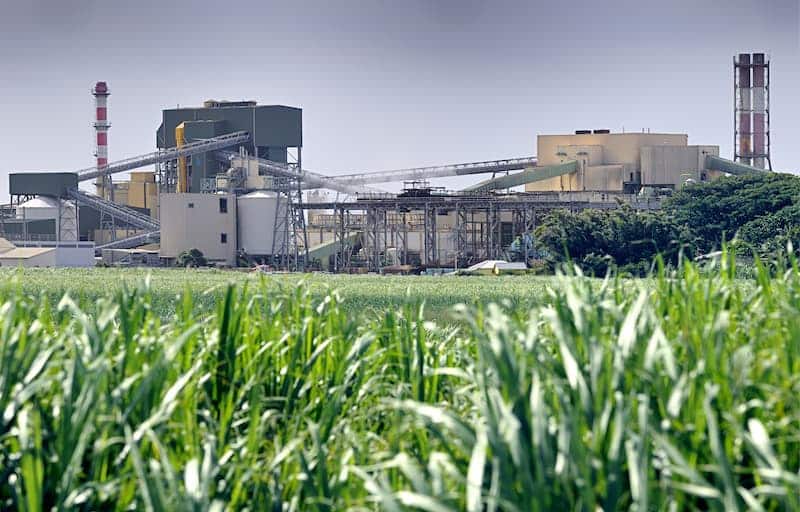Sustainability Tips for Manufacturing
It’s widely known that the manufacturing industry was one of the most significant contributors to harmful greenhouse gases, but this is all changing thanks to adopting new procedures and processes to reduce this environmental damage to minimal levels.
This commitment is heavily connected to the global shift to a greener world, with the most support coming from the UK, thanks to new government policies. This coordination aims to see the manufacturing industry reduce its emissions to staggeringly low levels and create an ecologically sound supply chain that can be sustained indefinitely.
Net Zero 2050 Explained
The UK government’s Net Zero 2050 strategy is an impressive target to reduce harmful emissions by decarbonising all sectors across the UK by the year 2050. These ambitious plans have affected every industry and inspired significant changes nationwide in manufacturing companies. This eventual goal is staggered with various smaller targets preceding it to ensure progress. Examples of these goals are ending the sale of new diesel vans and cars by 2030 and incentives for farmers to use low-carbon methods. Every day more ideas are being developed to assist in this laudable goal of reducing the climate impact of all industries and developing this emerging Green Industrial Revolution.
The Industries Approach to Climate Change
The industry has widely embraced this goal of becoming sustainable, which is no small task considering the industry was responsible for an estimated 20% of UK emissions. The current plan is to reduce this significantly before 2030, and according to the CCC’s annual assessment, whilst there is a long way to go to reach the desired 90% reduction by 2050, progress is being made
Recycling is a vital way of creating a sustainable company. Unfortunately, the raw resources the manufacturing industry requires are not infinite, and mining new natural resources each year requires significant effort and energy that negatively impacts the environment. New methods, such as waste hierarchy, are being introduced to combat this.
Apply the Waste Hierarchy
As a UK spring manufacturer, we know that one of the most successful ways to improve your company’s sustainability is to include the waste hierarchy in your work processes. This hierarchy is a thought exercise that can be applied to any manufacturing company regardless of its context.
It works similar to a flow chart but is usually visualised as an upside-down triangle. This is because the most favourable options are encountered first, and only if these prove impossible do you move to the next step down. This process continues when addressing your waste materials, checking each step to find the highest one that applies with the worst-case scenario (environmentally) at the bottom.
The steps are as follows:
Prevention – This is the first, best step to apply to your waste materials. By preventing materials from becoming waste, you prevent any problems preemptively. This adds the benefit of inspiring a lean, streamlined manufacturing operation that requires fewer resources and helps save financially.
Reuse or Recycle – These two steps have the similar goal of finding new productive uses for your waste. Reuse applies more to refurbishing and repairing objects to extend their life; in manufacturing, this can apply to the equipment used. Recycling waste materials focuses on ensuring that any waste materials are recycled for new uses. For example, any damaged tension springs can be recycled for their reusable materials.
Recovery – This option is a less effective alternative to recycling. Recovery is the process of incinerating the waste materials to regain some of the lost energy used to collect it in the first place. These materials are burnt for electricity production and help reduce the burning of fossil fuels.
Disposal – this is the lowest step of the waste hierarchy and the worst option environmentally. With this choice, your waste material will be sent to a landfill site. Due to this choice’s environmental impact, the UK government is highly taxing landfill usage. Any company pursuing a sustainable future should avoid this step as much as possible.
The hierarchy is a proven effective tool for lowering a company’s waste materials, providing ecological benefits, and adding a financially favourable efficiency to the usage of your materials.
Sustainability Through Innovation
The main challenge of creating a sustainable manufacturing industry is not limited to material usage, and many other areas have been explored successfully for environmental improvements.
Manufacturers are intensive energy users that can gain significant savings by decarbonisation. Switching to low carbon technologies supports both the Net Zero strategy but also the natural financial optimisation of your business.
Many manufacturers are investing in air source heat pumps for their building heating and cooling needs. These relatively new alternatives to conventional systems are significantly more environmentally friendly. For example, ASHP units transfer heat or cold from outside, which is a low carbon operation that awards them with a zero-carbon rating. Choosing these will also open up the possibilities of using green electricity tariffs, which many energy suppliers offer.
European Springs is constantly searching for new ways of improving our sustainability as one of the leading manufacturing companies in the UK. We apply these green processes to the creation of all our wireforms, springs and automotive metal pressings.
Browse our stock catalogue for more details on what we can supply for you.


